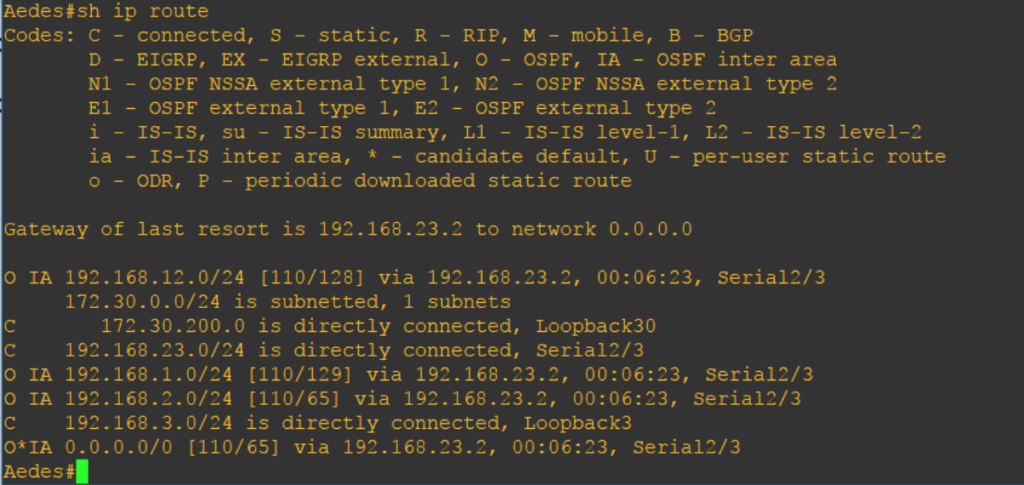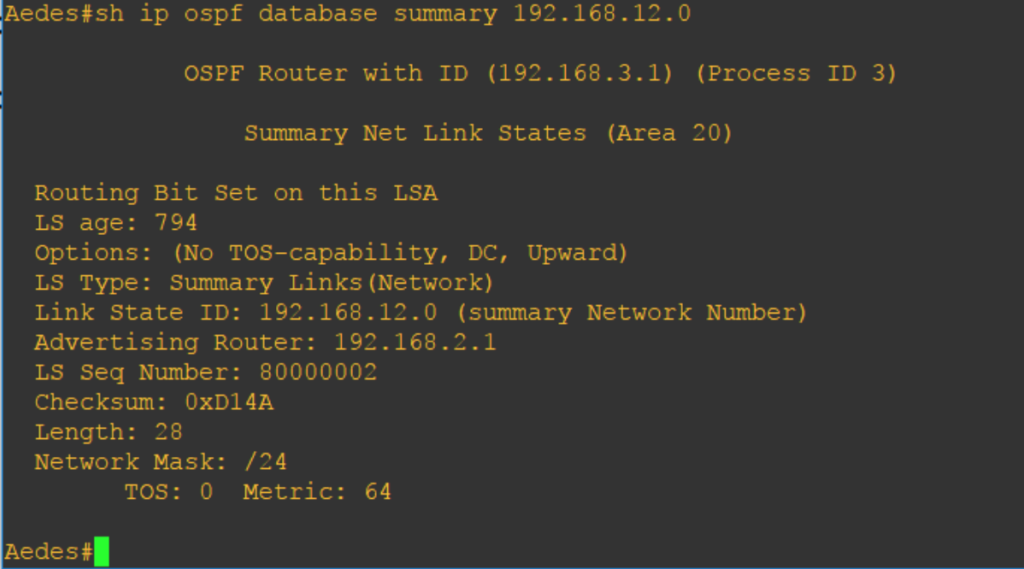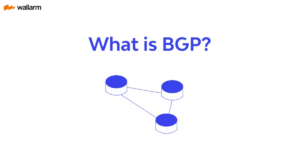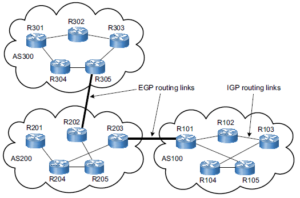OSPF Link State Advertisement (LSA) Types
3 min readLink State Advertisement (LSA) is the building block of OSPF. You will hear this LSA over and over again when studying or working with OSPF. There are so many LSA Types that are very confusing at first sight. These LSA types are very important pieces to the OSPF LSDB puzzle most especially when configuring OSPF area types.
| LSA Type 1 | Router LSA |
| LSA Type 2 | Network LSA |
| LSA Type 3 | Summary LSA |
| LSA Type 4 | ASBR Summary LSA |
| LSA Type 5 | External LSA |
| LSA Type 6 | Multicast LSA (MOSPF) |
| LSA Type 7 | NSSA External LSA |
| LSA Type 8 | Link Local LSA for OSPFv3 |
LSA Type 1 or called Router LSA, as the name implies, represents the router. Each router within an OSPF area will flood LSA Type 1 and it stays within an area.

Using the “show ip ospf database” command, it shows the router ID of directly connected neighbor and other information about its neighbors of adjacent routers within the same area. Multiple areas can be seen in ABR OSPF database.
LSA Type 2 or Network LSA is the LSA generated by designated router (DR). It contains information about the DR and lists all routers it is adjacent to. If the Link ID in LSA Type 1 is the router ID, the Link ID in LSA Type 2 is the interface IP address of the designated router. And, like the LSA Type 1, it is flooded between neighbors in the same area. This type of LSA can be seen on NBMA and Broadcast networks where DR/BDR is elected.

LSA Type 3 is the ABR Summary LSA. This LSA is generated by the Area Border Routers (ABR) to advertise network from one area to another area. It contains information about inter-area routes. If you see O IA entries in the routing table, these are Type 3 LSAs.

Looking at the screenshot above, the O IA are Type 3 LSAs which are advertised by ABR. Aedes is connected to my Anopheles ABR which has a router ID of 192.168.2.1. Take a look at the screenshot below to further check if it is really the Anopheles ABR advertising the Type 3 LSA route 192.168.12.0.

You can check the advertising routers for all OSPF LSA types by utilizing the “show ip ospf database.” You can further add more parameters whether you want to check advertising router of the external, network, summary, router, and other LSA types.
LSA Type 4 is the ASBR Summary LSA. This LSA is generated by the ABR that contains routes to Autonomous System Border Routers (ASBR). It identifies the ASBR IP address and location. Once ABR received information about ASBR, it will advertise LSA Type 4 and inject the route to area 0. Please note that ASBR itself does not generate LSA Type 4 rather it will generate LSA Type 1 regarding its networks.
LSA Type 5 is the External LSA. This LSA is generated by ASBR. ASBR creates a type 5 LSA for a subnet that is injected into OSPF from an external source or via a redistribute command. As it propagates to the network, the advertising router ID, which is the ASBR router ID, is not changed so router uses Type 4 LSA to know how to reach that ASBR. In the routing table, Type 5 LSA are the O E1 and O E2 entries.
LSA Type 6 is called Multicast LSA which is not generally in used today since the introduction of OSPFv3. To tell you honestly, I don’t even know how it was used before.
LSA Type 7 is the Not-So-Stubby-Area (NSSA) External LSA. This LSA is generated by NSSA ASBR. In an NSSA area, external routes are carried as Type 7 LSA. LSA Type 5 is somehow same with LSA Type 7 as they carry external routes information. However, LSA Type 5 is not allowed on stub areas that is why LSA Type 7 is used as a ploy. LSA Type 7 stays within an NSSA area in order for other routers in other areas know about the external routes, the NSSA ABR will convert the Type 7 LSA to Type 5 LSA and flooded in the area 0 and to the other areas in OSPF domain. If there are one or two NSSA ABRs, the NSSA ABR who has the highest router ID will be the one to do the translation.
LSA Type 8 is the Link Local LSA for OSPFv3 while LSA Type 9 – 11 are Opaque LSAs. These are OSPF LSA extensions used for MPLS traffic engineering. I haven’t tried to lab these LSA types but I will somehow in the future.






